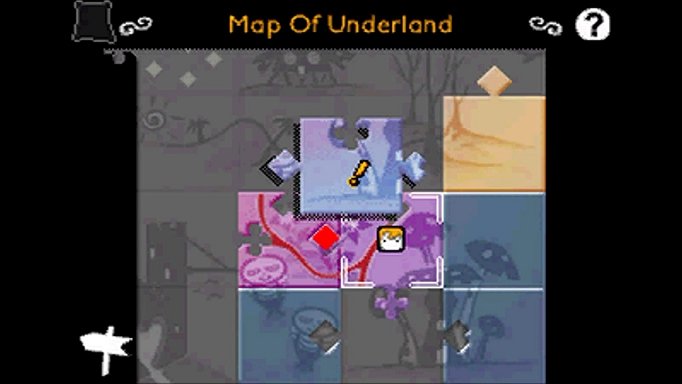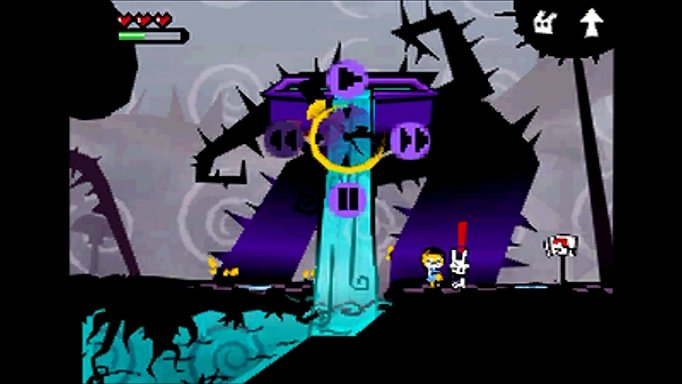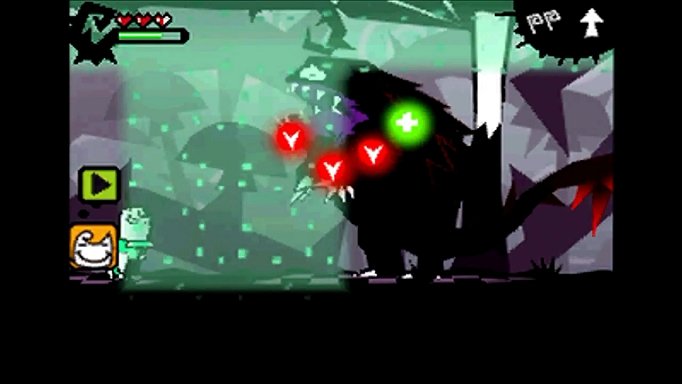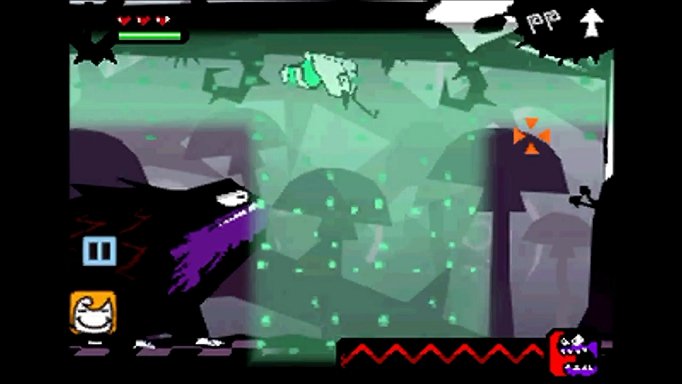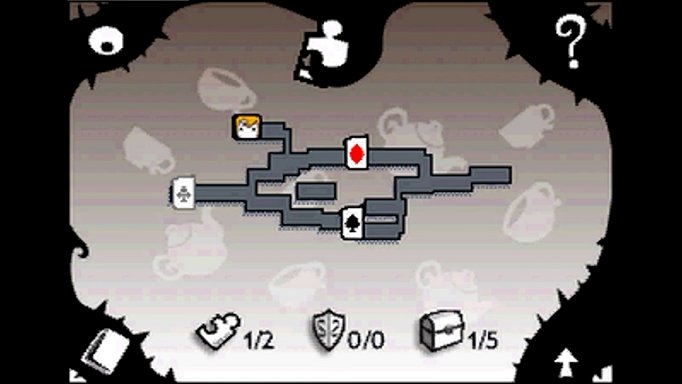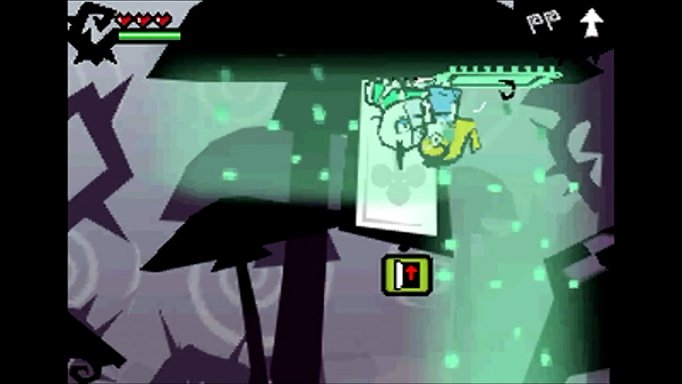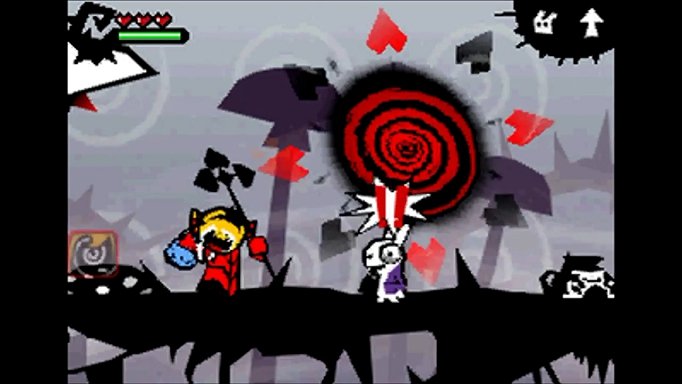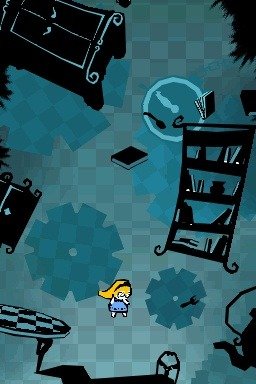Menu
Alice in Wonderland DS
Presentation
Etranges Libellules, France - Adventure platform – 2009 - AGE Engine (proprietary)
Alice in Wonderland DS is the official game of Tim Burton's film. Unlike the Wii version, we wanted to create a puzzle platform game with a unique visual identity that could adapt to the limitations of the Nintendo DS hardware and meet the publisher's guidelines. I was in charge of level design, but I also helped with game design. I also did SFX for enemies and weapons.
With the lead game designer, we decided to design the progression with a Lite Metroidvania aspect, and I came up with the puzzle system map that you could rearrange to open paths to new locations within a level. I was tasked with designing and balancing the combat system and unique abilities for the four playable characters. I also designed levels with the principle of adding a unique mechanic or location to each one, using a process I learned while working on Rayman Raving Rabbits.
It's probably the game I'm most proud of.
What I did.
- Map design and character ability design, defining the main game mechanics with the lead game designer.
- Global progression of the game, as it's a Metroidvania style game.
- Level macro progression, learning and difficulty curves, and documentation.
- Level creation and implementation, testing and tuning.
- Researching and creating assets for the sound design.

